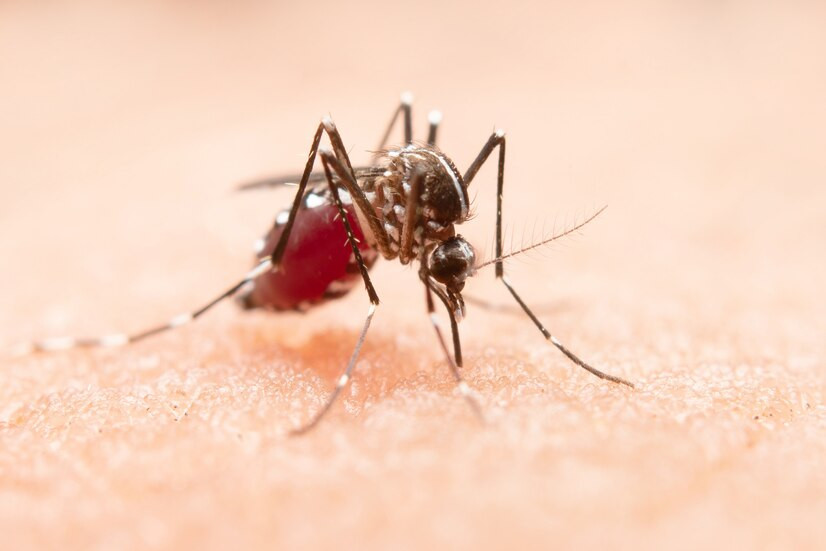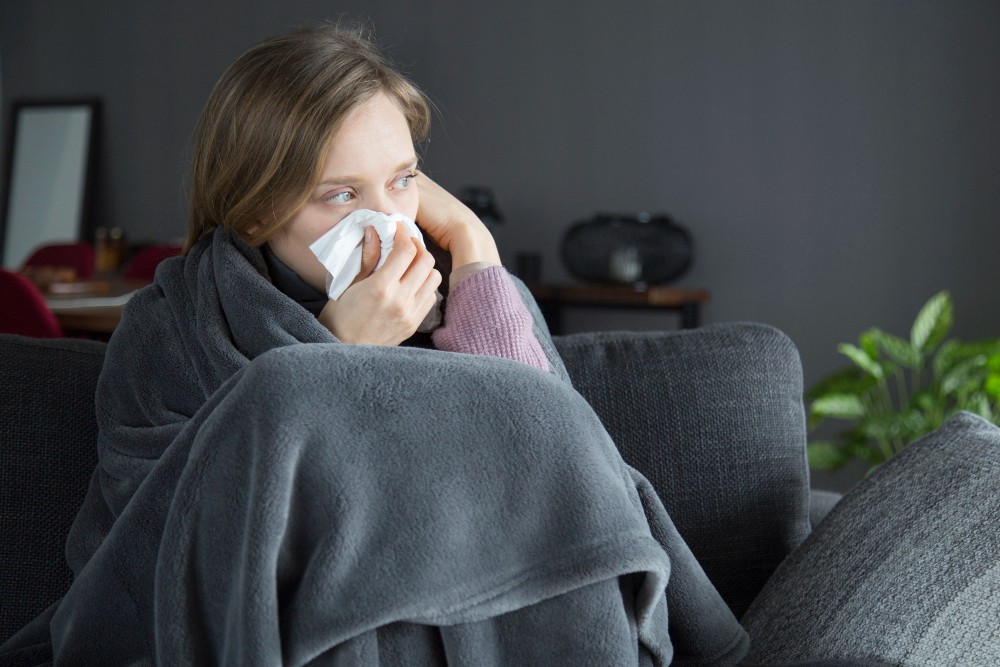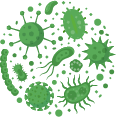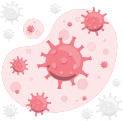For decades, misinformation about HIV and AIDS has led to a rise in cases and contributed to the stigmatization of those living with HIV/AIDS.
Many people mistakenly believe that HIV can be transmitted through same-sex relationships, kissing, hugging, or even shaking hands with someone who is HIV-positive. It’s time to clear up these myths and learn the real facts about how HIV is transmitted.
What is HIV and How is it Transmitted?
HIV is a virus that targets the immune cells, weakening the body’s ability to fight infections. While HIV does not directly cause disease, it makes individuals more vulnerable to infections and other diseases.
HIV is transmitted through direct contact with body fluids during unprotected sex with HIV-positive individuals or by using drug injection equipments shared with HIV-positive individuals.
Common Myths About HIV
There are many myths surrounding HIV that still persist. To help prevent the spread of misinformation, let’s look at some of the most common false beliefs about HIV:
MYTH: HIV only affects same-sex couples
Many people mistakenly believe that HIV only affects same-sex couples. In reality, HIV can affect anyone who has unprotected sex, regardless of whether their partner is of the same sex or a different sex.
MYTH: HIV-positive couples cannot have children
HIV-positive couples can have children just like anyone else. With the right treatment, specifically antiretroviral therapy, it is possible for HIV-positive couples to conceive and safely have children. However, the treatment must continue to ensure the safety of the unborn child from HIV.
MYTH: HIV is the same as AIDS
Although HIV and AIDS are related, they are not the same thing. HIV is the virus that can lead to AIDS, but not everyone with HIV develops AIDS. AIDS is the final stage of HIV infection, which is preventable with early treatment.
Although treatments do not cure HIV, they can control the virus replication and prevent the disease to progress into AIDS.
MYTH: HIV-negative people can have casual sex without using condoms
Even if someone is HIV-negative, they should still use condoms, especially if they have multiple partners or engage in sexual activities with partners who change frequently. After engaging in high-risk sexual activity, it’s advised to take HIV testing within the recommended window period.
MYTH: If both partners are HIV-positive, condoms aren’t necessary
While antiretroviral therapy can reduce the viral load in people with HIV to undetectable levels, minimizing the risk of transmission during sex, the CDC still recommends using condoms. Condoms provide protection against other sexually transmitted infections, which can be particularly harmful to individuals with HIV.
MYTH: HIV treatments can cure HIV
Many people believe that taking HIV medications can completely cure the virus. However, antiretroviral therapy (ART) only reduces the amount of virus in the body, it does not eliminate it entirely.
Being diagnosed with HIV doesn’t mean the end of a normal life. With early diagnosis and treatment, individuals can live healthy, productive lives just like anyone else.
Looking for more information about other diseases? Click here!
- dr Hanifa Rahma
Cleveland Clinic (2021). Common Myths About HIV and AIDS. Available from: https://health.clevelandclinic.org/myths-about-hiv/
HIV.gov (2022). What Are HIV and AIDS?. Available from: https://www.hiv.gov/hiv-basics/overview/about-hiv-and-aids/what-are-hiv-and-aids
WebMD (2021). Common Myths About HIV and AIDS. Available from: https://www.webmd.com/hiv-aids/top-10-myths-misconceptions-about-hiv-aids
Mayo Clinic (2022). HIV/AIDS. Available from: https://www.mayoclinic.org/diseases-conditions/hiv-aids/symptoms-causes/syc-20373524
Anna Schaefer (2020). 9 Myths About HIV/AIDS. Available from: https://www.healthline.com/health/hiv-aids/misconceptions-about-hiv-aids












